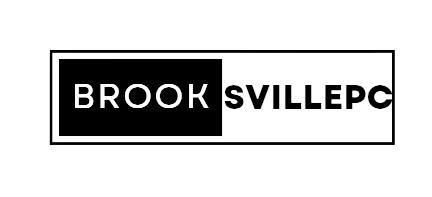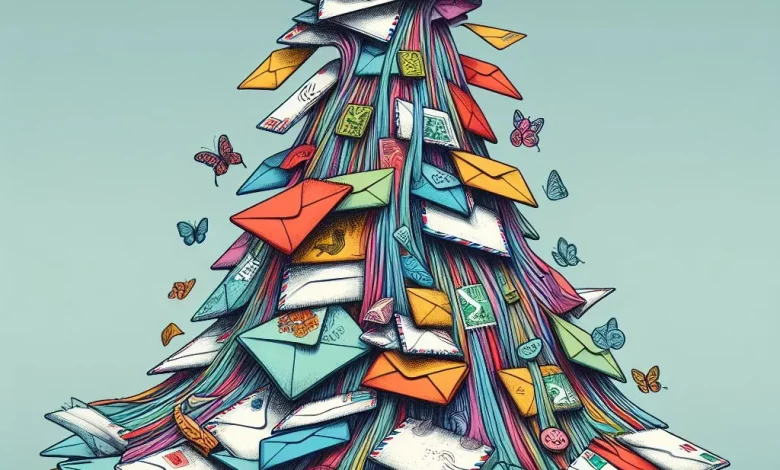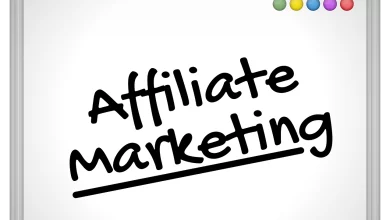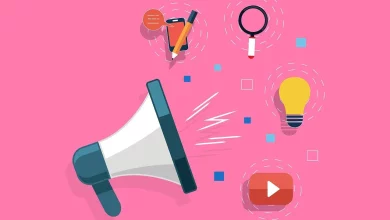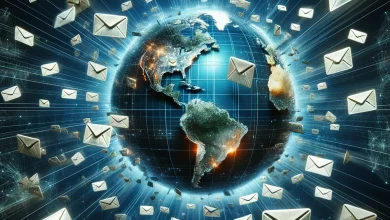How to Create an Email Newsletter that Drives Results
Email marketing is one of the most powerful and cost-effective ways to reach your audience, build relationships, and generate sales. According to Statista, email marketing revenue is estimated to reach almost $11 billion by the end of 2023. But how do you create an email newsletter that stands out from the crowd and delivers value to your subscribers?
In this article, we’ll show you how to create an email newsletter that people want to read and act on. We’ll cover the following topics:
- How to choose an email newsletter tool that suits your needs and budget.
- How to define your newsletter’s goal and audience.
- How to design and structure your newsletter for maximum impact.
- How to write engaging and relevant content for your newsletter.
- How to measure and optimize your newsletter’s performance.
By the end of this article, you’ll have a clear roadmap for creating an email newsletter that drives results for your business.
How to Choose an Email Newsletter Tool
The first step to creating an email newsletter is to choose an email newsletter tool that fits your budget, goals, and technical skills. There are many options available, from free and simple tools to paid and advanced ones. Some of the factors you should consider when choosing an email newsletter tool are:
- The features and functionality you need, such as templates, drag-and-drop editors, segmentation, personalisation, automation, analytics, etc.
- The ease of use and learning curve of the tool.
- The pricing and scalability of the tool.
- customer support and documentation of the tool.
- The integration and compatibility of the tool with other platforms and tools you use.
One of the best email newsletter tools you can use is HubSpot, which offers a free email marketing tool as part of its Marketing Hub. HubSpot’s email marketing tool is easy to use, powerful, and scalable. You can create beautiful and responsive newsletters using its drag-and-drop editor, customise them with dynamic content and personalisation tokens, segment your audience based on various criteria, automate your email campaigns based on triggers and workflows, and track and optimise your email performance using its analytics and A/B testing features. HubSpot also integrates with many other platforms and tools, such as WordPress, Shopify, Salesforce, Zapier, and more.
How to Define Your Newsletter’s Goal and Audience
The next step to creating an email newsletter is to define your newsletter’s goal and audience. This will help you craft your newsletter’s content, design, and tone to match your purpose and target group.
Your newsletter’s goal should be specific, measurable, achievable, relevant, and time-bound (SMART). For example, your goal could be to increase your website traffic by 10% in the next month, generate 50 new leads in the next quarter, or retain 90% of your existing customers in the next year. Your goal should also align with your overall business objectives and marketing strategy.
Your newsletter’s audience should be clearly defined and segmented based on various criteria, such as demographics, interests, behaviour, preferences, stage in the buyer’s journey, etc. This will help you tailor your newsletter’s content and offers to suit your audience’s needs and expectations. You can use tools like HubSpot’s buyer persona generator to create detailed profiles of your ideal customers and subscribers.
How to Design and Structure Your Newsletter for Maximum Impact
The third step to creating an email newsletter is to design and structure your newsletter for maximum impact. Your newsletter’s design and structure should be attractive, consistent, and easy to navigate. Here are some tips to follow:
- Use a clear and catchy subject line that entices your subscribers to open your email.
- Use a recognisable sender name and email address that build trust and credibility.
- Use a logo and brand colours to reinforce your identity and recognition.
- Use a preheader text that summarises the main message and value proposition of your email.
- Use a header image that captures attention and sets the tone of your email.
- Use headings and subheadings to organise your content and make it scannable.
- Use short paragraphs, bullet points, and white space to break up your text and make it readable.
- Use images, videos, and other multimedia elements to enhance your content and engagement.
- Use a clear and compelling call-to-action (CTA) that guides your subscribers to the next step.
- Use a footer that includes your contact information, social media links, an unsubscribe link, and your privacy policy.
You can use tools like HubSpot’s email newsletter templates to create professional and responsive newsletters that look great on any device and inbox.
How to Write Engaging and Relevant Content for Your Newsletter
The fourth step to creating an email newsletter is to write engaging and relevant content for your newsletter. Your newsletter’s content should be informative, valuable, and entertaining for your subscribers. Here are some tips to follow:
- Write in a conversational and friendly tone that reflects your brand personality and voice.
- Write for your audience, not for yourself. Use words and phrases that resonate with your subscribers and address their pain points and goals.
- Write with a purpose. Each email should have one main message and goal that aligns with your newsletter’s objective and audience.
- Write with clarity and simplicity. Avoid jargon, acronyms, and complex sentences that confuse your subscribers and dilute your message.
- Write with variety and creativity. Use different types of content, such as stories, tips, news, updates, promotions, testimonials, case studies, etc., to keep your subscribers interested and engaged.
- Write with proof and credibility. Use facts, statistics, examples, and testimonials to support your claims and demonstrate your authority and expertise.
You can use tools like HubSpot’s blog ideas generator to get inspiration for your newsletter content topics.
How to Measure and Optimise Your Newsletter’s Performance
The final step to creating an email newsletter is to measure and optimise your newsletter’s performance. You should track and analyse various metrics and indicators that show how well your newsletter is achieving its goal and engaging your audience. Here are some metrics to monitor:
- Open rate: the percentage of subscribers who opened your email.
- Click-through rate (CTR): The percentage of subscribers who clicked on a link in your email.
- Conversion rate: The percentage of subscribers who completed a desired action, such as signing up, buying, or downloading.
- Bounce rate: the percentage of emails that were not delivered to your subscribers’ inboxes.
- Unsubscribe rate: the percentage of subscribers who opted out of receiving your emails.
- Spam complaints: the number of subscribers who marked your email as spam.
- Revenue: the amount of money generated by your email campaign.
You can use tools like HubSpot’s email marketing analytics to measure and optimise your newsletter’s performance. You can also use tools like HubSpot’s email marketing A/B testing to experiment with different elements of your newsletter, such as subject lines, images, CTAs, etc., and see what works best for your audience.
Conclusion
Creating an email newsletter that drives results is not an easy task, but it can be done with the right tools, strategies, and best practices. In this article, we’ve shown you how to create an email newsletter that people actually want to read and act on. We’ve covered how to:
- Choose an email newsletter tool that suits your needs and budget.
- Define your newsletter’s goal and audience.
- Design and structure your newsletter for maximum impact.
- Write engaging and relevant content for your newsletter.
- Measure and optimise your newsletter’s performance.
By following these steps, you’ll be able to create an email newsletter that delivers value to your subscribers and drives results for your business.
We hope you find this article helpful and informative. If you have any questions or feedback, please feel free to contact us. And if you want to learn more about email marketing, check out our free email newsletter guide.
